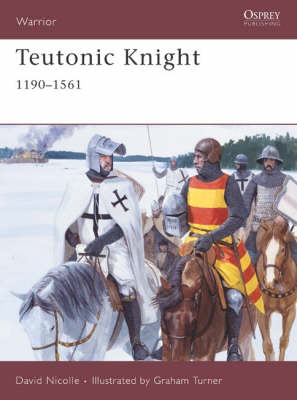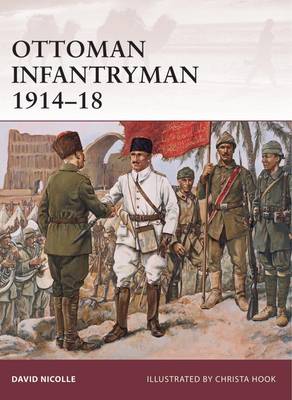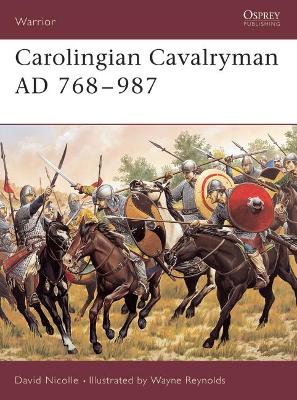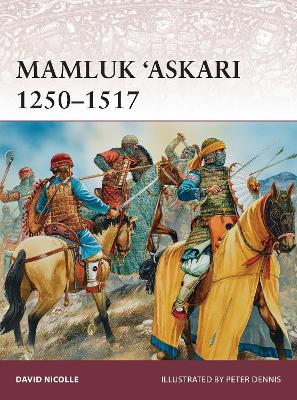Warrior
2 primary works • 4 total works
Book 124
The Military Order of Teutonic Knights was one of the three most famous Crusading Orders, on a par with the Templars and the Hospitallers. Originally focusing on the preservation of the Crusader States in the Middle East, after the loss of their Middle Eastern enclaves in the 13th century, the Knights turned their attention to the Baltic. Over the next two centuries Northern Crusades were conducted against pagan Prussians and Lithuanians and, to a lesser extent, against Orthodox Russia. This title uses detailed illustrations and photographs to bring to life the appearance, beliefs and battle experience of the Teutonic Knights.
Book 145
Following the Balkan Wars of 1912-1913, the Ottoman Empire undertook a massive military retraining program. Although many histories have depicted the Ottomans as a poor fighting force, this was more often due to poor leadership and logistics. The typical Ottoman soldier, the asker, was tough, well-trained, and courageous. While fighting over varied terrain from Gallipoli, to Mesopotamia and to the Caucasus, they proved themselves to be able front-line troops. This is the first English-language book to focus exclusively on the Ottoman infantryman in the First World War. Using a combination of first-hand accounts, period photographs and specially commissioned artwork, it explores the recruitment, training, and combat experiences of these often-neglected warriors.
Charlemagne's army enabled him to create what he and his contemporaries regarded as a 'reborn' Western Roman Empire. Charlemagne revolutionised the organisation, logistics, indoctrination and training of his army. His troops seemed able to fight on indefinitely, even when they were thousands of miles away from Frankish territory. This title explores the role of the cavalry, the essential striking force of Charlemagne's army. In many respects the cavalrymen were the fore-runners of medieval Western European knights, yet the author shows how their recruitment, organisation, armament and tactics were still rooted in the medieval past. This book shows how the Carolingian armoured horseman played an important role in the development of European warfare.
New archaeological material and research underpins this extensive, detailed and beautifully illustrated account of the famous Mamluk Askars who are credited with finally defeating and expelling the Crusaders, halting the Mongol invasion of the Islamic Middle East, and facing down Tamerlane. Probably the ultimate professional soldiers of the medieval period they were supposedly recruited as adolescent slaves, though recent research has begun to undermine this oversimplified interpretation of what has been called the "Mamluk phenomenon".



